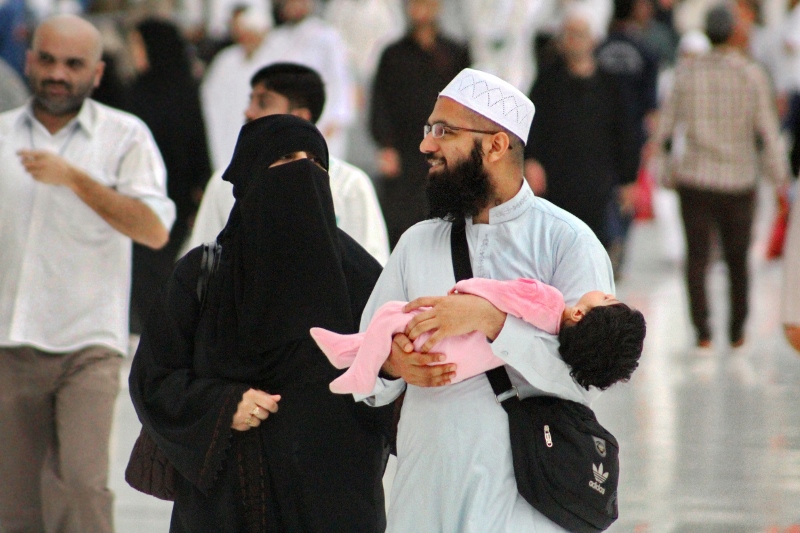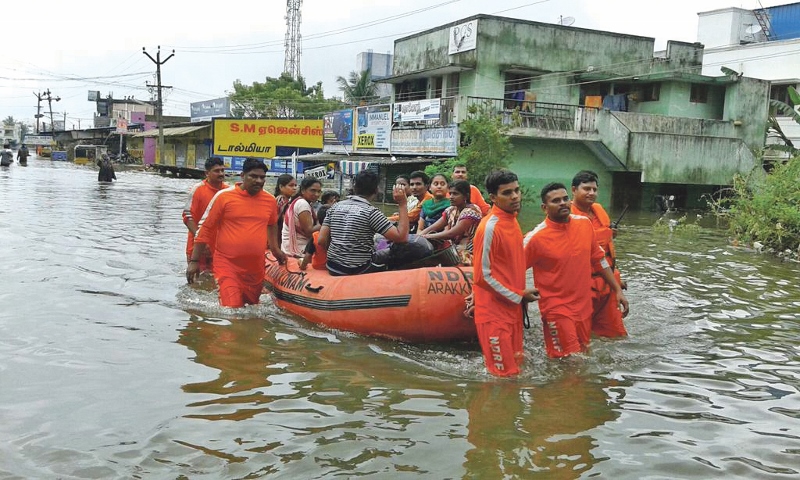
Census reveals Japan has shrunk by 1 million people
According to new statistics, Japan’s population has dropped by nearly one million. It marks the first decline since official census records began in the 1920s.
Between 2010 and 2015, the country lost the equivalent amount of people that live in San Francisco – around 947,345 citizens.
For much of the past century, Japan has seen population growth but this has been slowing rapidly in recent decades.
The last census showed the population had completely stopped growing.
Researchers predict a rise in the number of elderly people in the coming decades whilst simultaneously seeing a sharp drop-off in the working population.
According to the United Nations, Japan’s population is likely to shrink to 83 million by 2100, with 35 per cent of them older than 65.
Economists fear that the decline in population spells trouble for the world’s most indebted economy.
Prime Minister Shinzo Abe’s government has tried to tackle the coming crisis by installing lawmaker Katsunobu Kato as the ‘minister for 100 million active people’.
Prime Minister Shinzo Abe has also made it a priority to boost the birth rate from 1.4 children to 1.8 children per woman, including improving childcare and tax incentives. Advanced economies usually require a rate of at least 2.1 for a stable population.
Michael Cucek, an adjunct professor in the faculty of the social sciences at Waseda University in Tokyo told the Guardian: “What they are talking about and what they are going to try and get minister Kato to do is not doable.
“They have a goal of 1.8 births per woman, but to maintain a population of 100 million would require 2.1 births per woman,” he added.
For Cucek, the determining factor is that women take longer to marry in Japan and only two per cent of births are to unmarried couples.
He said: “Unsurprisingly, throughout east Asia, where out-of-wedlock births are frowned upon, no matter where you go they have the similar, extremely low levels of childbirth.”
According to the census in 39 areas of the country, the population shrunk, while eight logged growth.
Greater Tokyo, which continues to attract more residents, is now home to 28.4 per cent of the population; the nation’s nine major urban areas account for 53.9 per cent of Japanese.
Central Tokyo alone attracted 326,870 more people over the five-year period.
Rural areas, however, are thinner on the ground in terms of people. Fukushima, the site of the nuclear disaster in 2011, was among the worst hit prefectures. The entire Tohoku region in northern Japan, of which Fukushima is a part, saw a population decline of about five per cent













